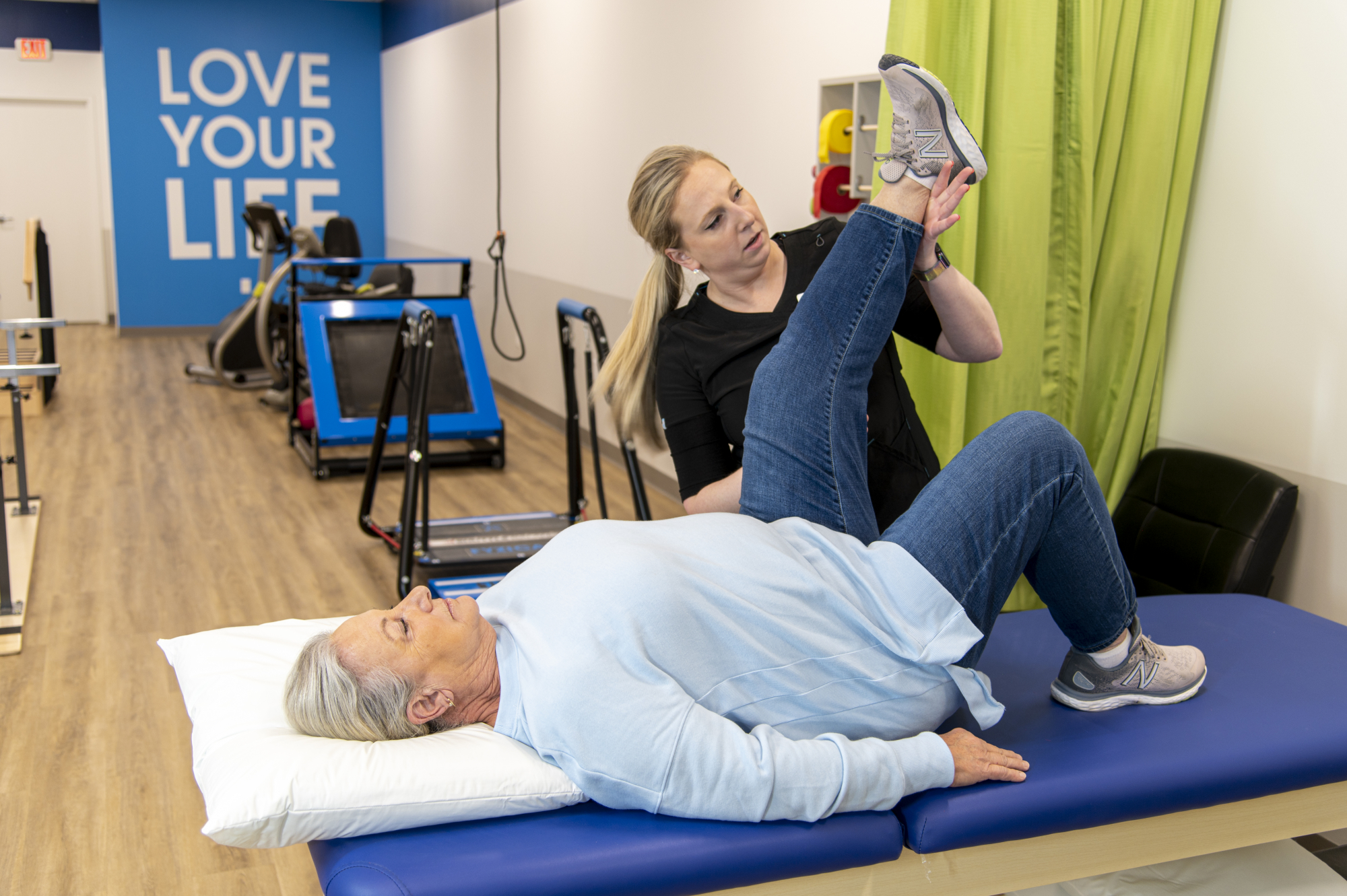
Persistent discomfort affects numerous of people globally and can substantially diminish the quality of life. It can arise from various disorders, such as joint inflammation, fibromyalgia, or previous injuries. While drugs and therapies are frequently employed to manage pain, a growing body of studies indicates that exercise can play a vital role in alleviating chronic pain. Engaging in regular physical exercise can not only help reduce pain intensity but also enhance overall health and functionality. Comprehending how exercise affects the physical state can empower patients to take control of their pain relief.
Exercise has several physical benefits that can help reduce chronic pain. When people engage in physical activities, their bodies produce endorphins, which are innate pain-killers. Additionally, exercise can improve blood circulation and strengthen muscles, providing better support for joints. For those with conditions like arthritis, low-impact exercises such as swimming or biking can help maintain joint flexibility without placing excessive strain on the body. Regular exercise also helps in maintaining a healthy weight, which can reduce the stress on weight-bearing joints and further alleviate pain.
In addition to its physical benefits, exercise has a positive impact on emotional health. Chronic pain can often result to feelings of anxiety and depression, which can exacerbate the experience of pain. Participating in regular physical exercise can help fight these feelings by boosting self-esteem and improving mood. Group exercises, such as yoga or pilates, also provide social interaction, which can improve emotional backing. This combination of physical and mental health benefits makes exercise an essential component of a comprehensive pain management strategy.
It is important to approach exercise with care, particularly for those managing with chronic pain. Beginning slowly is vital to avoid exacerbating symptoms. Individuals should consider seeking advice from healthcare professionals to develop a personalized exercise plan that takes into consideration their particular issues and constraints. Activities such as stretching, walking, or light yoga can be excellent starting points. Gradually increasing the intensity and duration of sessions can help build strength and endurance without causing undue stress on the system.
In summary, utilizing the benefits of exercise can substantially alleviate chronic pain and improve quality of life. Consistent physical exercise not only assists to reduce pain through the release of endorphins and enhanced muscle strength but also promotes mental health. By incorporating exercise into daily routines, individuals can enable themselves in controlling Continue Reading their pain. A careful and informed approach to exercise, guided by healthcare experts, can bring to lasting improvements in health and overall quality of life.